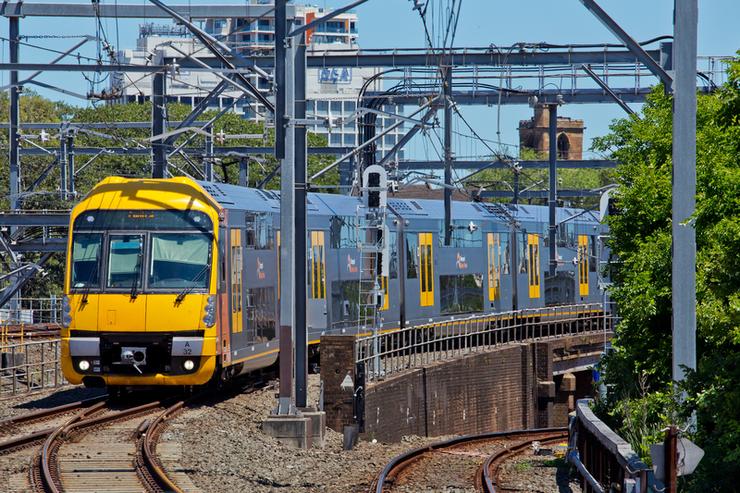Use Case: AI Mitigates Railroad Intermodal Shutdown Effects

A colleague of mine in the railroad industry recently shared this article with me. As I was reading through, I came across this paragraph:
“As a result of CSXT interline intermodal service changes, Union Pacific is no longer able to offer a number of interline intermodal services to the eastern U.S. Due to the complexity of CSXT’s intermodal service changes, Union Pacific is providing a matrix to assist you in identifying any effects to your interline business with [us], as well as presenting adaptive solutions.
Now, this particular paragraph set me to thinking: How could Machine Learning and Predictive Analytics have helped Union Pacific to mitigate the effects of these service changes? Is there something that could have been done?
Absolutely.
Predictive Analytics and Machine Learning live for complex intermodal service changes, and in fact could have alerted Union Pacific as to the possibility of this scenario occurring well before it occurred, and thus they would be able to provide more than a matrix to their customers, they would have been able to provide options.
How could AI have helped Union Pacific Railroad? Here’s how:
From the article:
“Intermodal accounts for 44% of CSX’s volume, but in 2017 its intermodal revenue per unit of $633 was the lowest of the railroad’s business units. In contrast, UP’s domestic intermodal business increased 7% in 2Q18, due chiefly to tight truckload capacity.”
This type of scenario is actually a textbook case on how ML/PA can work for you to avert awkward moments with your client. On the historical side of things, a process could be monitoring the usage of various intermodal facilities. CSX made a decision that was driven by profit — in this case flat revenue, and that is something that is relatively easy to detect. Thus a system could have been tracking this usage over time and comparing that with Union Pacific’s usage. A decline in business units at CSX intermodal facilities versus an increase in intermodal business at Union Pacific? That’s a problem in the making, and relatively simple to determine. Once predicted, it could have taken two steps to mitigate future disruption:
- Realizing the increasing historical discrepancy, the system could have alerted Union Pacific so they would have been aware that the possibility for service changes may exist. Further, it could continue to monitor the various intermodal schedules to predict exactly which routes may be affected, and to what extent. It would accomplish this using scheduling data and manifests from the various centers of operation.
- On the future side of things, the system could start running scenarios to determine the best options for moving forward. It could seek out alternate modes of transport, transfer facilities. In the absence of existing facilities, it could determine the ROI of purchasing commercial real estate to fulfill service requirements. It could seek out new supply-chain partners and simulate negotiations to determine the most cost-effective pathways forward. The system would then be able to present these various options to department heads as the problem became more apparent. By the time it would actually manifest, alternatives and/or replacements would already be waiting in the queue.
Then, when the actual end-of-life dates arrived, Union Pacific would be ready with new intermodal solutions to the service changes.